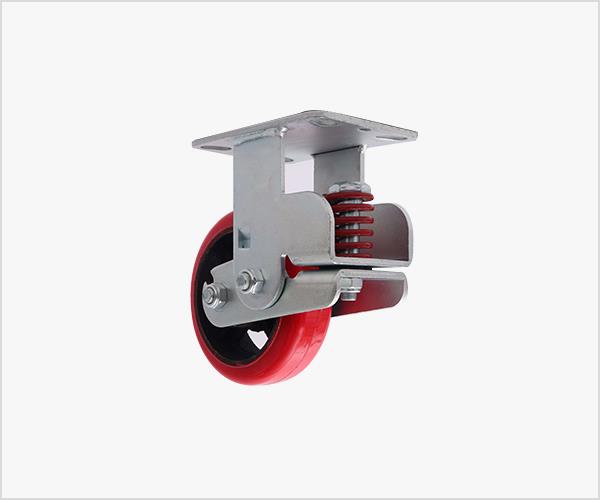Qingdao Fushengde has complete mold manufacturing, bending and cutting, stamping and welding, surface treatment, mechanical assembly, performance testing and other advanced technical equipment; casters can be customized according to customer requirements. Welding is an indispensable process in the production process when we make casters. It usually refers to two or more materials, through heating or pressurizing or both, to achieve the combination of materials and between the two The process of forming a connection is called welding. We usually call the metal to be welded the base metal. There are many terms in the welding process, and different terms are different in the welding process.
Welding nouns:
What is an arc:
Through the welding power source, there will be a strong and long-lasting gas discharge phenomenon between the two poles-called arc.
What is the protective gas:
Shielding gas, a gas used to protect metal droplets and metal pools from harmful external gases (hydrogen, oxygen, nitrogen) during welding.
Damping castersWelding method:
Mainly used for metal substrates. Commonly used are ordinary arc welding, argon arc welding, CO2 shielded welding, oxyacetylene welding, laser welding, electroslag pressure welding, and can also be used for welding non-metallic materials such as plastics. There are more than 40 metal welding methods, which can be divided into fusion welding, pressure welding and brazing.
The joint between the two joint bodies formed by the shock-absorbing casters in the welding process is called welding. Both sides of the weld will be affected by welding heat, and the structure and performance will change. This area is called the heat-affected zone. During the welding process, due to differences in welding materials and welding currents, overheating, embrittlement, hardening or softening of the weld seam and heat-affected zone after welding will also reduce welding performance and make weldability worse. Therefore, it is necessary to adjust the welding conditions. Preheating, heat preservation and heat treatment after welding can improve the welding quality of welded parts.

Related Industry Knowledge
- What are the requirements of heavy casters for its accessories?
- Introduction of thermal and cold deformation of industrial casters
- The importance of silent casters in the medical industry and the application of other industries
- What convenience does polyurethane casters bring to us in our home life?
- Use of outer packaging for industrial universal wheels
- Introduction of galvanized surface treatment of brake casters
- How to solve the rusty wheel of the cart?
- What aspects should be paid attention to when buying leveling casters?
- How to choose the bearing of stainless steel caster correctly?

